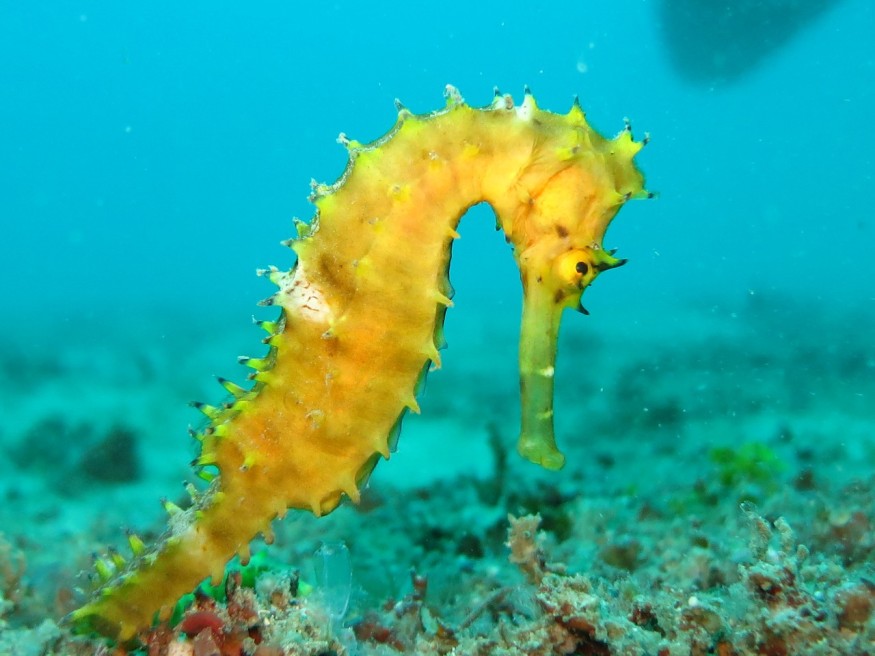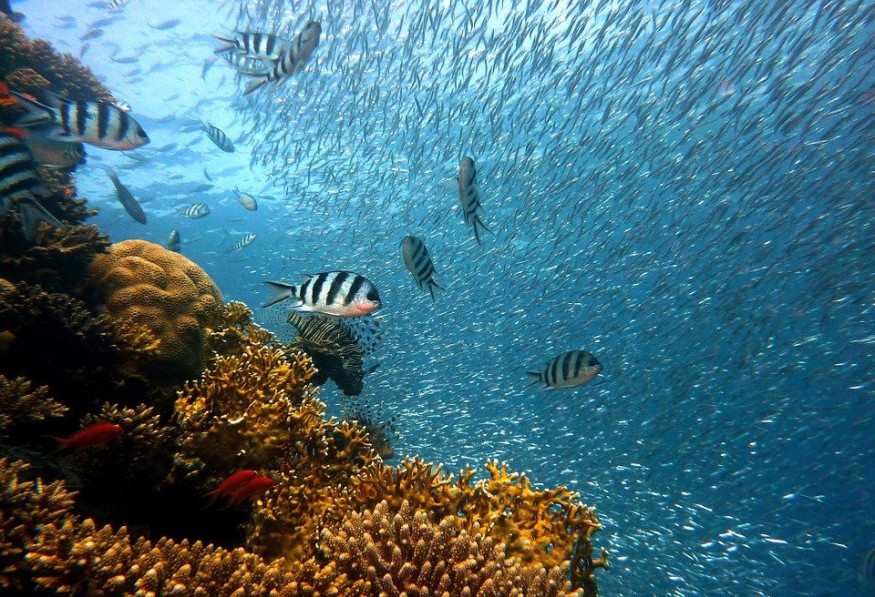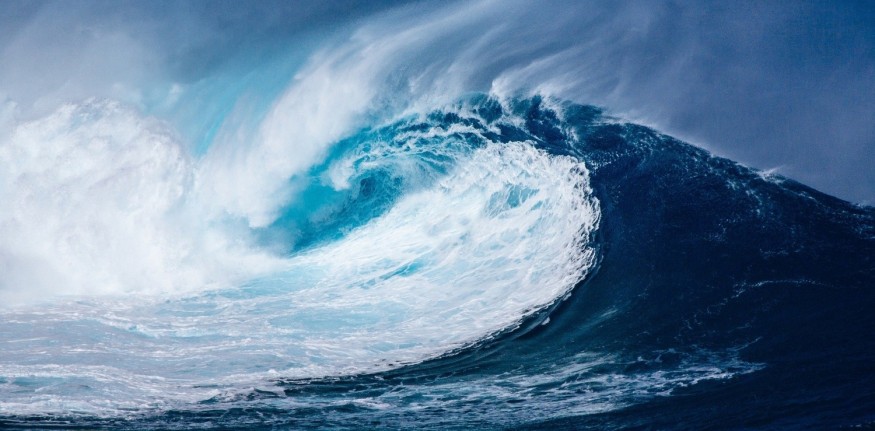Scientists have been able to recreate ocean chemistry changes due to shifting atmospheric patterns over the past 35 million years, thanks to a recent study of strontium isotopes in marine sediments.

The findings, which were published in Science on March 26th, shed new light on the global carbon cycle's inner workings, especially the processes through which carbon is extracted from the atmosphere through carbonate deposition.
"Since strontium is so close to calcium, it gets absorbed into the calcium carbonate shells of marine animals," said lead author Adina Paytan, a research professor at the University of California, Santa Cruz's Institute of Marine Sciences.
Oceanic State

Paytan and her colleagues studied the ratios of various strontium isotopes, including radiogenic isotopes (produced by radioactive decay) and stable isotopes, to provide additional knowledge regarding geochemical processes. They discovered that the stable isotope ratio of strontium in the ocean has increased dramatically over the past 35 million years and continues to change today, suggesting significant seawater strontium concentration increases.
"It's not in a steady-state," Paytan clarified, "because what's going into the ocean and what's leaving don't fit." "How and when carbonates are deposited influences the strontium content of seawater, which is determined by variations in sea level and atmosphere."

The changes in the global equilibrium of geologic processes such as weathering of rocks on the surface, hydrothermal activity, and the deposition of carbonate sediments in deep-sea and shallow, nearshore marine environments are reflected in the variations in strontium isotope ratios studied in this analysis.
Changes in Oceanic Chemistry

Carbonate is deposited in the open ocean by marine plankton such as coccolithophores and foraminifera, which use the calcium carbonate mineral calcite to form their shells. Strong corals are more common in deeper water on continental shelves, and their skeletons are made of aragonite, a calcium carbonate mineral that contains more strontium than calcite.
"As corals form, they dissolve strontium, which then washes out and returns to the ocean when they are exposed," Paytan said. "As the sea level grows, more or less of the continental shelf where corals grow is exposed, affecting the strontium content of seawater."
Since the ocean collects carbon dioxide from the atmosphere and carbonate deposition on natural timescales extracts carbon from the environment, carbonate deposition feeds directly into the climate system. The global carbon cycle and atmospheric carbon dioxide are inextricably related to climate change, both in the long run and during recent ice age cycles' ups and downs.
"The latest kind of knowledge we can get from stable strontium isotopes now helps us to look at the business end of the global carbon cycle, where carbon is absorbed from the atmosphere and deposited in marine carbonate beds," said coauthor Mathis Hain, an assistant professor of Earth and planetary sciences at UCSC.
Studying the Findings

"These results open up a new insight into how the global carbon cycle has responded to sea level and climate change over geologic time," he said. "These observations will be crucial in directing our response to the global climate emergency and minimizing the worst consequences of ocean acidification," says the author.
Based on a study of marine barite collected from deep-sea sediment cores, the researchers could recreate a comprehensive and accurate record of strontium isotope variations in seawater.
"Records like this are important to learning how our planet works over geologic time," said Ohio State University coauthor Elizabeth Griffith. "Our multinational team collaborated to both develop and clarify the importance of this unusual record using statistical models, allowing us to recreate shifts in the past when climate conditions were different. The goal is to learn more about how our blue planet could work in the future."
Anton Eisenhauer and Klaus Wallmann of the GEOMAR Helmholtz Centre for Ocean Science in Germany and Andrew Ridgwell of UC Riverside are coauthors of the paper with Paytan, Hain, and Griffith. The National Science Foundation provided funding for this research.
© 2025 NatureWorldNews.com All rights reserved. Do not reproduce without permission.





